This winter’s most exciting ski destination: Albania’s Accursed Mountains
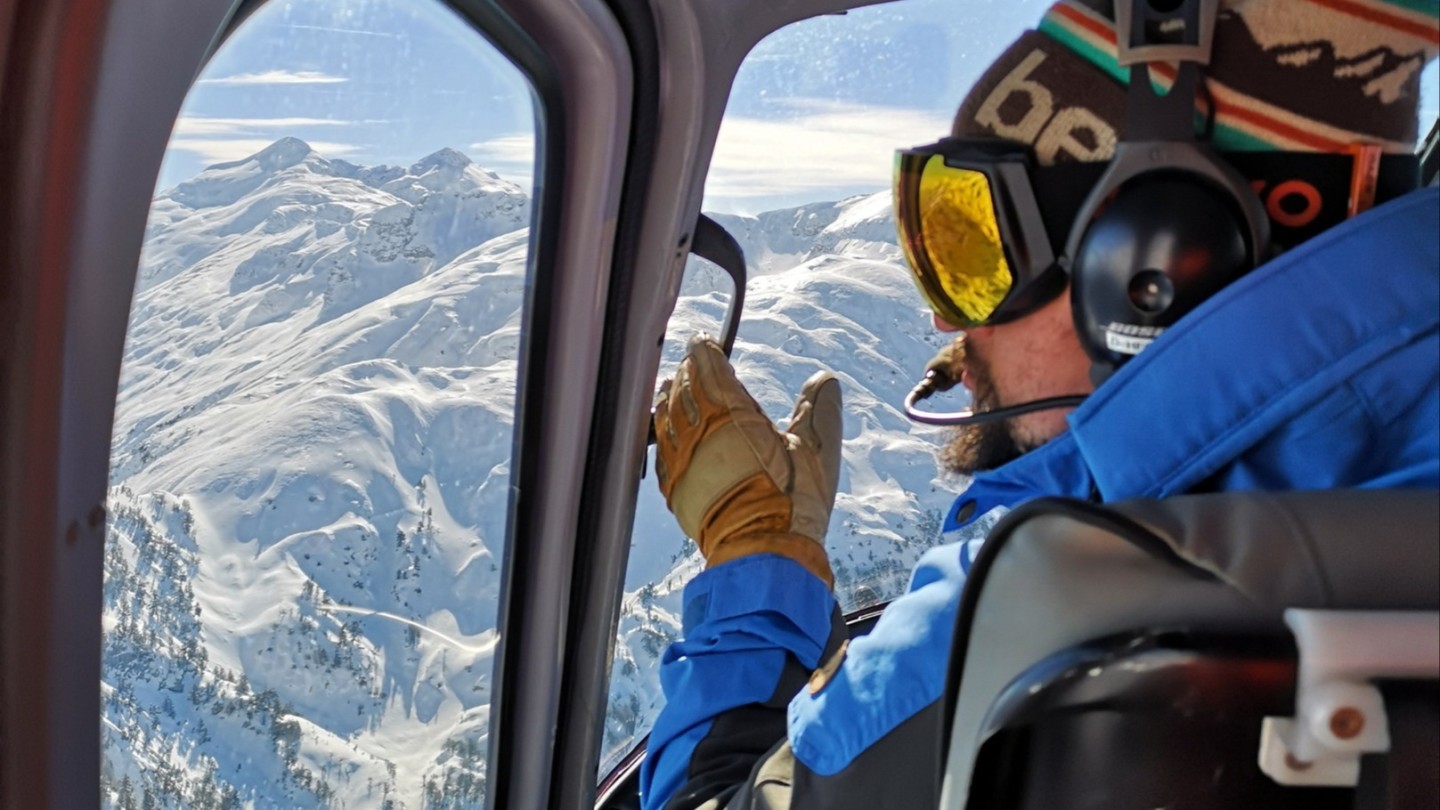
Roula Khalaf, Editor of the FT, selects her favourite stories in this weekly newsletter.
Walking back from the bar, I spotted something that made me feel very alone and a long way from home. The valley was slowly being swallowed by shadow as the sun dropped behind a far ridge; I was on a track surrounded on both sides by a thick tangle of beech and silver birch, about an hour’s walk from my hotel. And frozen in the snow in front of me was a huge paw print.
I’d paid little attention when someone had mentioned that these forests were home to bears, lynx and wolves. Now, I bent down and used my pen to measure the print — my 15cm-long biro fitted easily inside, four claw marks protruding further still. It didn’t look very fresh but then what did I know about wolves? The trees began to rustle in the breeze.
It wasn’t just the wildlife tugging at my anxiety as I hurried back down the track that night. I was deep in Albania’s Accursed Mountains — a name that seems to have numerous explanations but none of them exactly jolly. Off limits for five decades during the country’s communist era, the region later became known for its blood feuds, severe depopulation and casual violence.
In his 1998 book The Accursed Mountains, Robert Carver meets two missionaries who have set up a tourist office in Bajram Curri, the closest town to where I was standing. This is an idea he finds hilarious: “Bajram Curri made Haiti and Liberia look like the Côte d’Azur. Perhaps one could start a specialist travel agency for such places, Dystopian Tours Inc, which would specialise in Graham Greene-style third world disaster areas. Every client would be guaranteed at least dysentery and gunshot wounds. Bajram Curri would certainly qualify.”
What would he think of the fact that I was here for that most indulgent of holiday pastimes, a skiing trip? And that — rather than being the punchline of some deliberately quirky, offbeat adventure — Albania would provide some of the finest skiing I’d ever experienced.
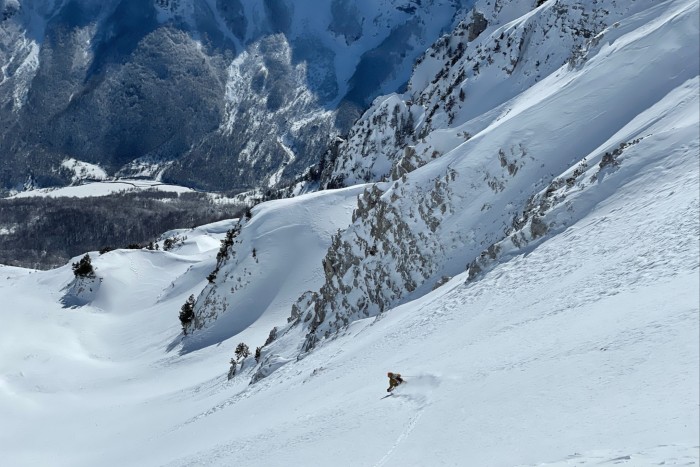
I’d flown to Pristina in Kosovo, then taken a three-hour taxi west, rain turning to snow as we drove. Soon after crossing into Albania, my driver pointed out the concrete bunkers close to the side of the road — some of the 750,000 installed by Enver Hoxha as he fortified the reclusive nation between the 1960s and 1980s. Not long after, we passed the turning for the village of Tropoja, notorious, the driver explained with a shiver, as a mafia stronghold. (Possibly he was being unfairly influenced by its use as the gangsters’ hometown in the Liam Neeson movie Taken, though for a rural mountain area, there did seem to be an unusual number of top-of-the-range SUVs with blacked-out windows and UK number plates.)
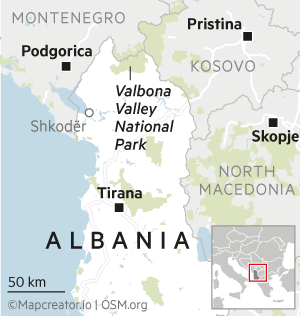
At Bajram Curri we turned north over a creaking Bailey bridge and then up into the Valbona Valley National Park, a wild, steep-sided valley that presses up against the Montenegrin border. The town’s roadside trash and breeze-block buildings quickly gave way to beautiful natural scenery, the road tracing the line of a rushing river of startling blue snowmelt, sometimes looping around the slopes of scree that had come tumbling down from the peaks, invisible in the cloud high above.
Near the hamlet of Dragobi we passed a series of small farmsteads that looked idyllic and pre-industrial, hayricks straight from a Monet in little pastures marked out with fences of wooden stakes. By the time we wound up at the Valbona Tourist Centre, a cluster of wooden chalets where I would be staying — a helicopter parked incongruously nearby — the weather had closed in even more, and I tiptoed through a foot of fresh snow to the door.
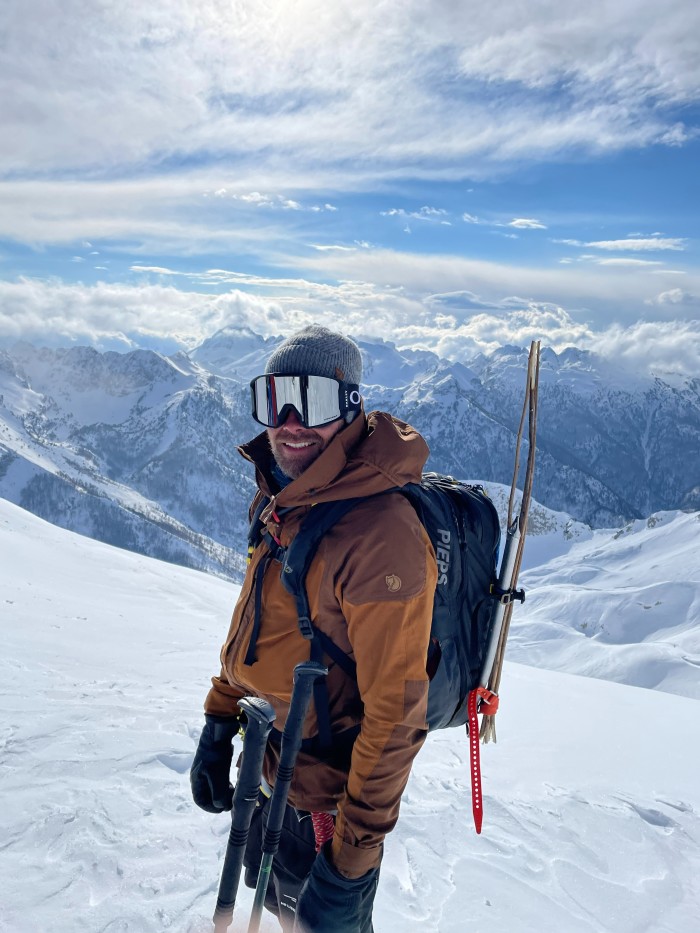
It kept snowing most of the next day too, white soufflés rising higher from the fence posts every time I looked out of the window, the tree branches and helicopter rotors bending downwards under its weight. The following morning, though, I opened the chalet door to find the clouds had cleared. Sunlight bathed rugged peaks that soared up from the valley floor, doing a very good impression of the Dolomites.
Except unlike the Dolomites, laced with cable-cars and pistes, dotted with snow-making machinery and mountain restaurants, here there was nothing: no skiing infrastructure of any kind, only a few guesthouses (and most of them shut up for winter), just one road running up the dead-end valley. As I watched, a couple of horses came wandering along it, unaccompanied and seemingly just out for a stroll.
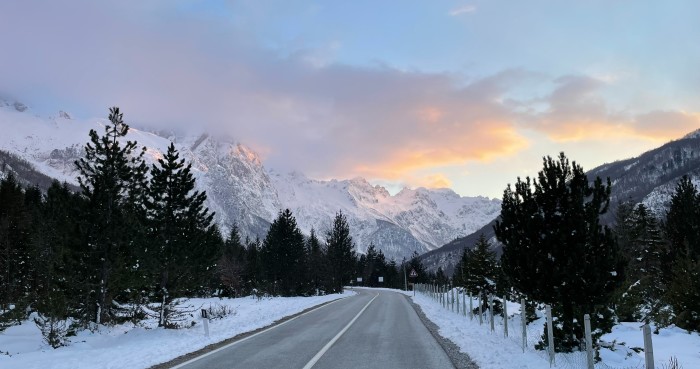
Soon we were in the air: four guests, our Slovenian guide Rok Zalokar and German pilot Dethlef Gensel. We climbed quickly, heading west and up towards the high ridge at the far end of the Valbona valley. Somewhere beneath the snow was the track that leads over into the neighbouring Shala valley, a route which was “one of the most dangerous in northern Albania” according to Carver’s 1998 book. “No one,” he writes, “not even the boldest Albanian, used this track unless armed and accompanied by armed friends.” We swept over the pass at speed, stomachs lurching as the ground disappeared below us on the far side.
We touched down atop one of a cluster of peaks between the villages of Theth and Ducaj, clambered out then watched as the helicopter dropped away into the valley, the swiftly retreating rotor noise underlining our total isolation. Zalokar gave us a broad grin and a couple of words of direction, then disappeared into powder as deep and light as I’ve skied anywhere in the Alps.
At the bottom, about 1,000 vertical metres down, we regrouped, breathless and beaming. What was that run called, I asked Zalokar? He had no answer — that was the first time he’d ever skied it; probably no one else ever had either. We kept going all morning, until the threat of bad weather forced us home; we’d made nine memorable runs, all of them first descents.
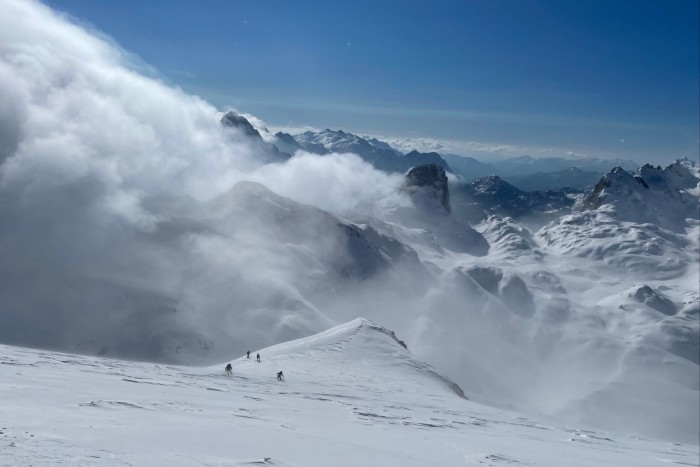
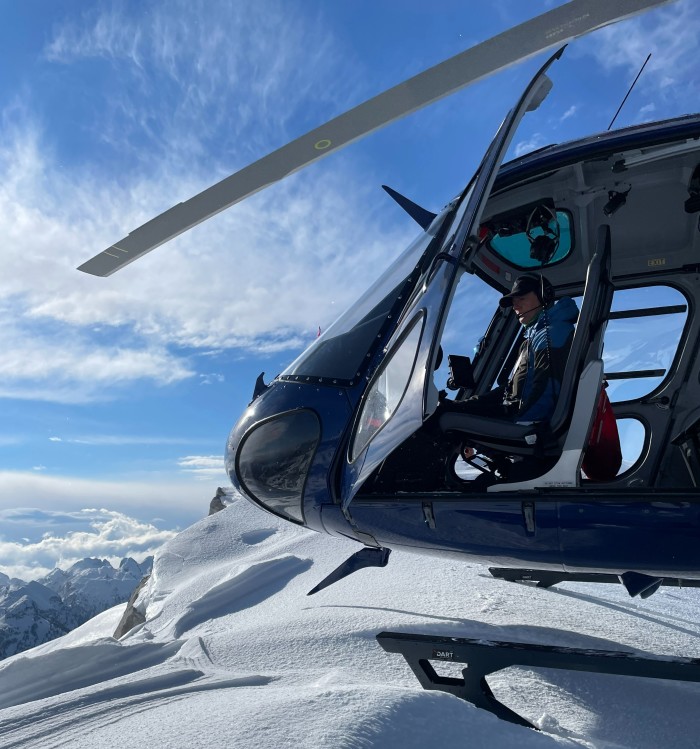
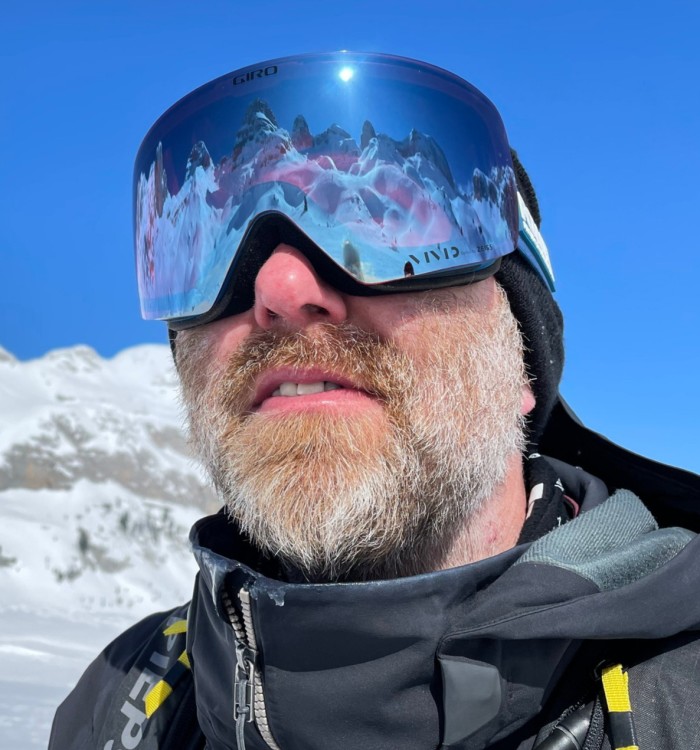
The first trickle of tourists arrived in Albania soon after the end of communism in 1992, but the faltering transition to a market economy quickly led to further instability. Families sold houses and livestock to plough their money into what turned out to be Ponzi schemes; when these finally collapsed in 1997, there was an armed uprising and an international peacekeeping force was sent in to restore order. Neighbouring Kosovo descended into war the following year.
As a result, it’s only over the past decade that tourists have begun to explore the mountains around Valbona — and even then, only in small numbers and almost exclusively in summer. The occasional ski touring group might pass through, ascending using sticky skins on the base of their skis, but less sheer-sided peaks elsewhere in the country are better suited to the discipline. That leaves a rare prospect in Europe: a swath of little-visited and scarcely skied mountains, ideal for heli-skiing.
That we were here was entirely down to Zalokar, who, while training guides in Kosovo in 2018, had climbed up to the flanks of Gjeravica, a peak close to the Albanian border, and looked across into Valbona. “I was blown away,” he says. “I lived in the Balkan region for all of my life. I knew there were some really nice mountains to ski and climb in Montenegro and Kosovo but I really never realised how much potential these mountains had.”
Zalokar started skiing before the age of two, growing up to become a BASE jumper and a “stone monkey” in the Yosemite climbing scene before training as a guide and working for heli-ski operations in Sweden and Alaska. After visiting Valbona in the autumn for a further recce, he and his partner Petra Brajnik launched their fledgling heli-ski company here in January 2019.
It is still early days. After a pandemic hiatus, this year was only the third season, with each lasting just three weeks. During my stay there were seven other guests (the large North American operations might have five times that number). One man, a Switzerland-based entrepreneur, told me that for years he’d made an annual pilgrimage to heli-ski in northern British Columbia. After coming here, he no longer saw the need.
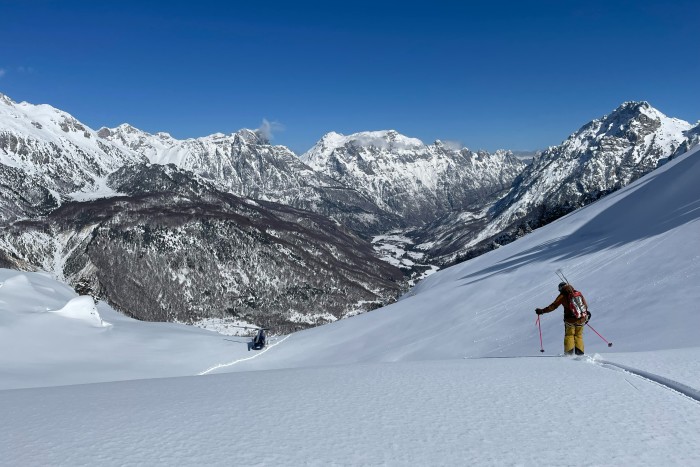
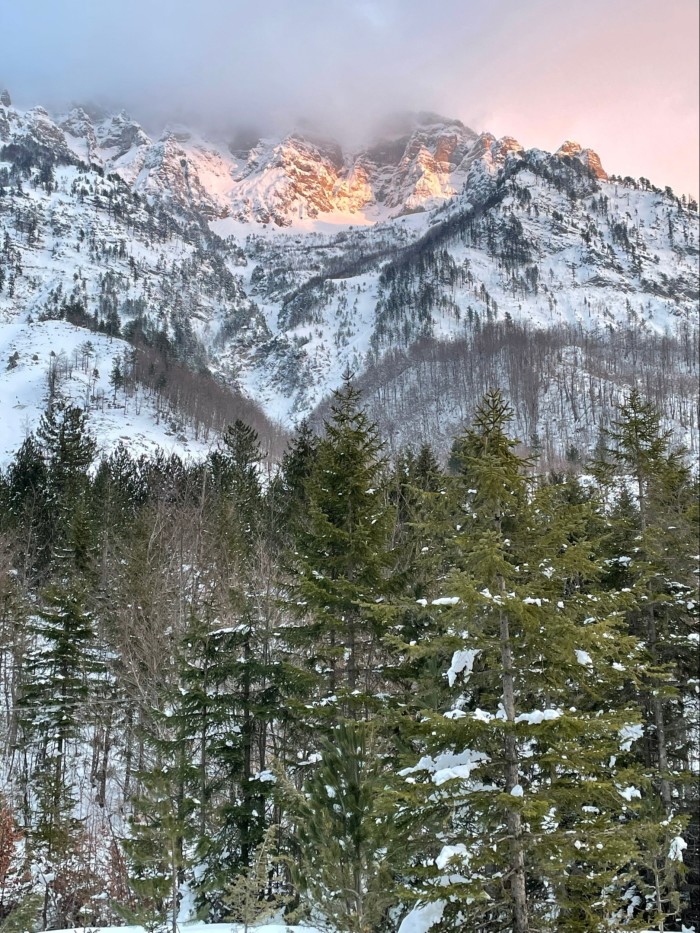
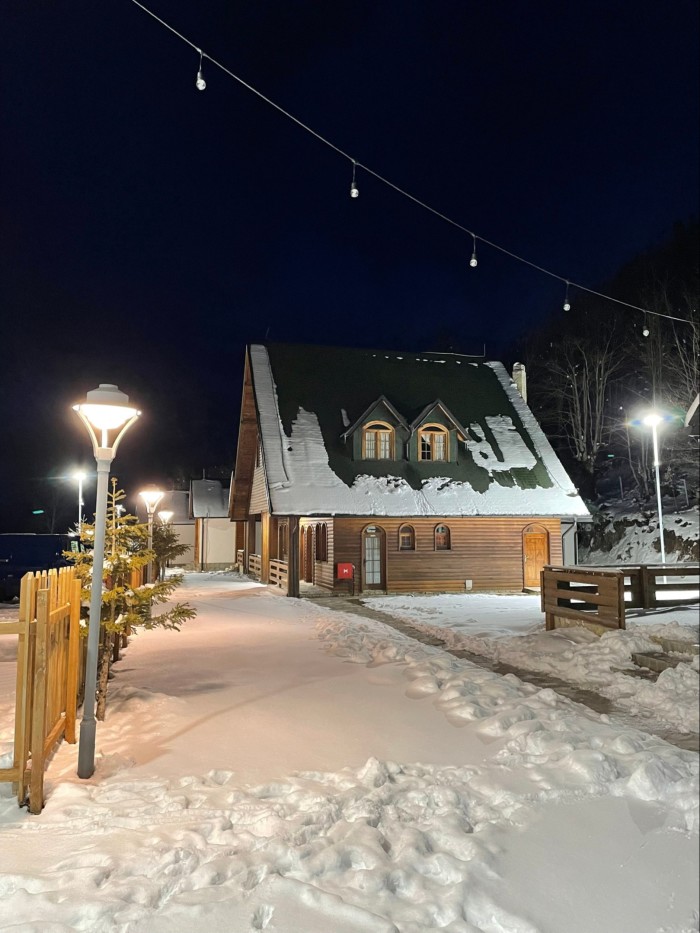
And so an air of potential and new discovery hangs around the place. There is a sense, too, of being part of a team rather than a client in a commercial operation. The group is small enough that guests and staff can eat meals together at a couple of shared tables, skiing tales being shared alongside platters of roast lamb, stuffed peppers, baked aubergine and glasses of plum-flavoured rakia. One night we gathered around a bonfire to listen to one of the staff playing the violin; on another we pushed back the tables in the dining room for a local troupe performing traditional dances. Just don’t come expecting the hot tubs and cigar lounges found at some Canadian heli-ski lodges.
More memorable treats lie in the mountains all around. On our second day, we landed north of Theth and watched cloud pouring over the ridge beside us, like a fast-moving stream over a smooth boulder. The mountains here top out at around 2,600 metres but as you peer down through the mist to the snow-free valley floors, the scale feels positively Himalayan. Another run ended at the upper edge of a forest of black pine, some of the trees five centuries old, their wrinkled trunks like fat elephant legs.
When we landed back at the end of day, two women had lit an outdoor fire close to the hotel to prepare flija, a traditional Albanian dish: layers of thin pancakes cooked on charcoal and served with fig jam and local chestnut and elderflower honey. Later I got talking to Hysni Selimaj, who worked at the hotel. Now 50, he had grown up in the valley. “Life was very difficult,” he said, though he chuckled as he remembered making his own skis from rough planks of wood as a child. Basic necessities, food and clothes were in short supply, and the unsurfaced road up the valley would frequently be impassable in winter, once leaving them cut off for three weeks.
If the valley was cut off, so was the country. When the world finally began to open up in the 1990s, many Albanians fled in search of better prospects abroad. (Many continue to do so: last month a UK Border Force commander reported that 10,000 Albanian men had crossed the Channel from France in small boats this year, equivalent to between one and two per cent of the entire adult male population.)

By 1997, Valbona was down to its last 10 families, according to Selimaj. He departed for Greece and then Germany but eventually returned, using his earnings to open a small guesthouse to cater for the slowly growing number of summer visitors. Winter tourism, though, remains almost non-existent, mostly limited to Albanians driving up at weekends to take wedding photos or Instagram selfies in the snow.
Our hotel had opened for three weeks just to cater for the heli-skiers. Zalokar hopes to gradually extend his season to six weeks, and that the heli-skiing could help encourage small-scale winter tourism, thus ensuring the year-round viability of the valley’s small hamlets. Of course, helicopters come with a carbon footprint that must be weighed against gains for local livelihoods. The Airbus H125 we used consumes about 32 litres of fuel for each paying passenger per hour; guests would typically fly for four hours during their six-night trip. Methods of calculating carbon emissions vary but, by way of perspective, the resulting emissions would be significantly less than for a return economy flight from London to New York or Dubai.
I had to leave the group early to get back to London, giving me only two-and-a-half skiing days in Valbona. Even in that time we did 23 runs, 14 of them first descents (and one of which, on the wall-sized map in the guides’ room, now carries the name of my youngest child). On the third day, we flew with Italian guide Enrico Mosetti and made a succession of drops on the south side of the valley. Conditions were perfect — bright sun, deep blue sky, deeper snow. Where some heli-ski guides will always direct clients to the lowest-angled slopes, Mosetti was clearly eager to make the most of the opportunity and led us on a series of thrilling runs, one from the summit ridge into a narrow couloir then all the way to the valley floor, a descent of 1,400 vertical metres.
Skiers will be familiar with the joy and longing of the final run of a trip, the desperation for it not to end, the couple of extra turns squeezed in before the slushy end of the piste, sensations that would be mundane suddenly rendered sweet by the knowledge they will soon be out of reach for another year. Now imagine that final run is hundreds of metres of perfect, thigh-deep powder, the surface sparkling in the sunshine and never skied before. And now imagine the guide turning you and saying, “It’s your last run, you better go first.”
Details
Tom Robbins was a guest of Heliski Albania (heliskialbania.com) and Wizz Air (wizzair.com). A six-night package, with five days of skiing, costs €8,700 per person, full-board and including use of an avalanche airbag and other safety equipment. The 2023 season starts on February 12. Wizz Air flies direct from London to Pristina from about £65
Find out about our latest stories first — follow @ftweekend on Twitter
Comments